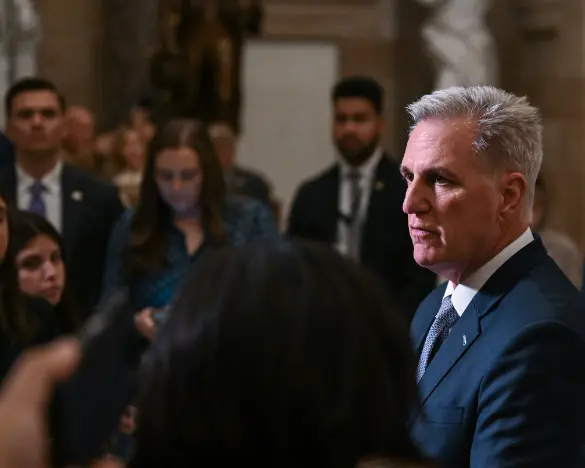
US government faces potential shutdown as political leaders struggle to reach an agreement on federal funding, with the October 20 deadline rapidly approaching. The ongoing budget talks have been met with deep partisan divisions, raising concerns about the far-reaching impacts of a possible government shutdown. If a compromise isn’t reached soon, key government services could be disrupted, affecting millions of Americans.
Why the US Government Faces Potential Shutdown
The reason the US government faces potential shutdown stems from a lack of agreement between Democrats and Republicans over federal spending priorities. At the heart of the issue are disagreements on how to allocate funding for key areas such as defense, healthcare, and social programs. While Democrats advocate for more spending on social safety nets and infrastructure, Republicans are pushing for cuts to reduce the federal deficit.
As the October 20 deadline looms, both sides remain entrenched in their positions, leaving little room for compromise. If no deal is struck, the US government will run out of funds, leading to a shutdown that would halt many non-essential services and furlough hundreds of thousands of federal workers.
What Happens if the Government Shuts Down?
If the US government faces potential shutdown, the consequences could be significant. National parks, museums, and other federal services could close, while critical operations like the military, air traffic control, and emergency services would continue but may face delays in pay. Economic experts warn that a prolonged shutdown could also slow the economy, especially if it disrupts consumer confidence and financial markets.
One of the most immediate impacts would be felt by federal employees, many of whom would be furloughed without pay. Government contractors and other businesses that rely on federal funding could also experience disruptions, potentially leading to layoffs or closures. Additionally, social safety net programs like food assistance and housing subsidies might see delays in disbursement, hurting low-income families the hardest.
Can a Compromise Be Reached?
As the US government faces potential shutdown, many wonder if a last-minute deal can be brokered. Historically, Congress has managed to avoid prolonged shutdowns by passing short-term funding bills known as “continuing resolutions.” These stopgap measures allow the government to keep running while lawmakers negotiate a longer-term solution. However, with partisan tensions higher than ever, it’s unclear if a temporary fix will be enough to bridge the gap.
The stakes are high, as failure to pass a budget or continuing resolution by October 20 could signal deep dysfunction in Washington and further erode public trust in government. Both parties face immense pressure to find a solution, but the path forward remains uncertain.
Conclusion
With just days until the deadline, the US government faces potential shutdown unless political leaders can overcome deep divisions and find a compromise on the federal budget. A shutdown could have wide-reaching consequences for millions of Americans and further strain the already polarized political climate. As the clock ticks, the country watches closely, hoping for a resolution that avoids a costly and disruptive shutdown.


